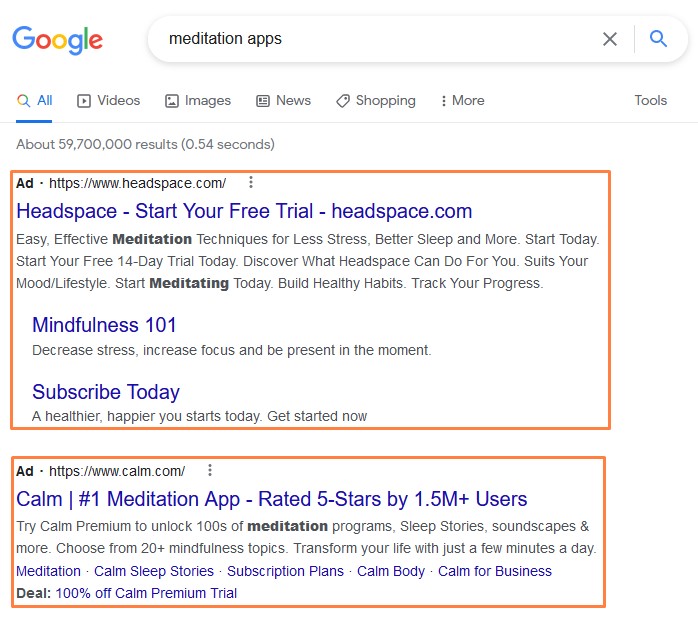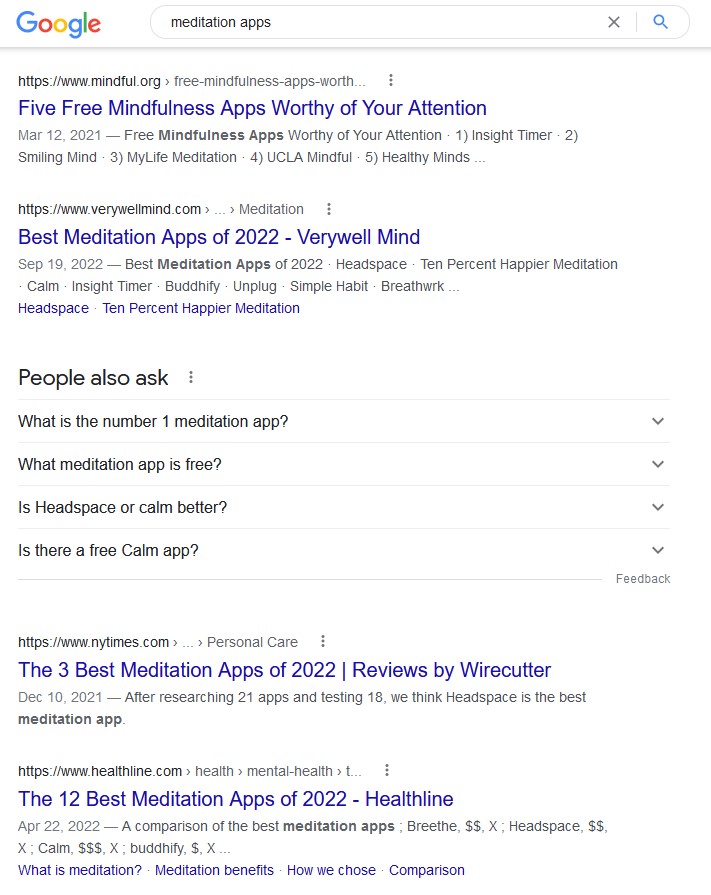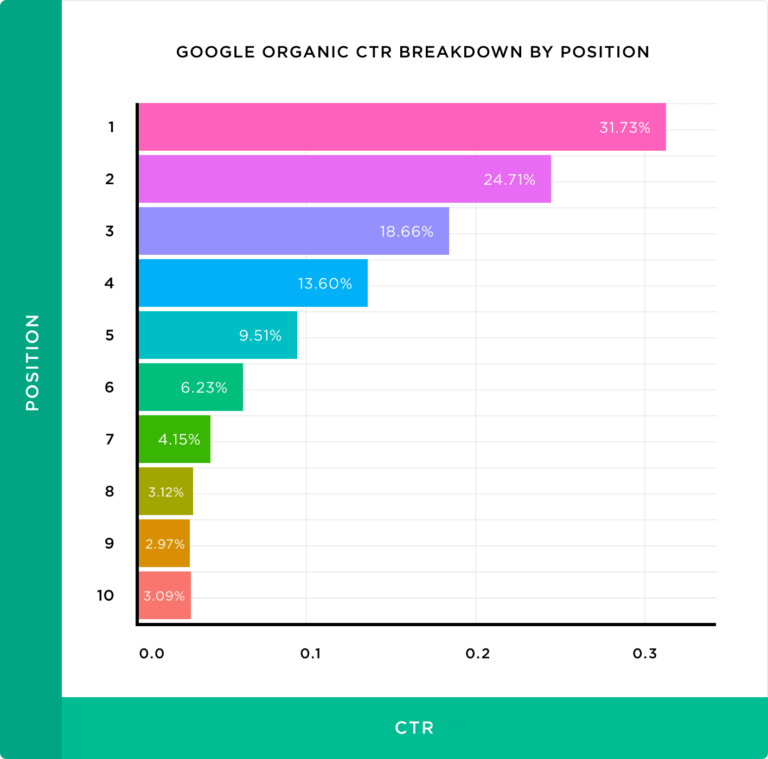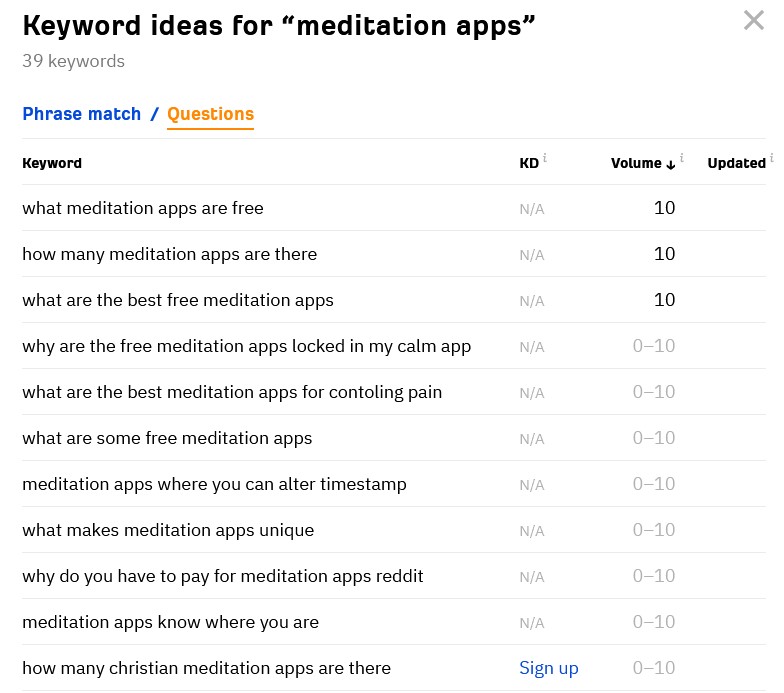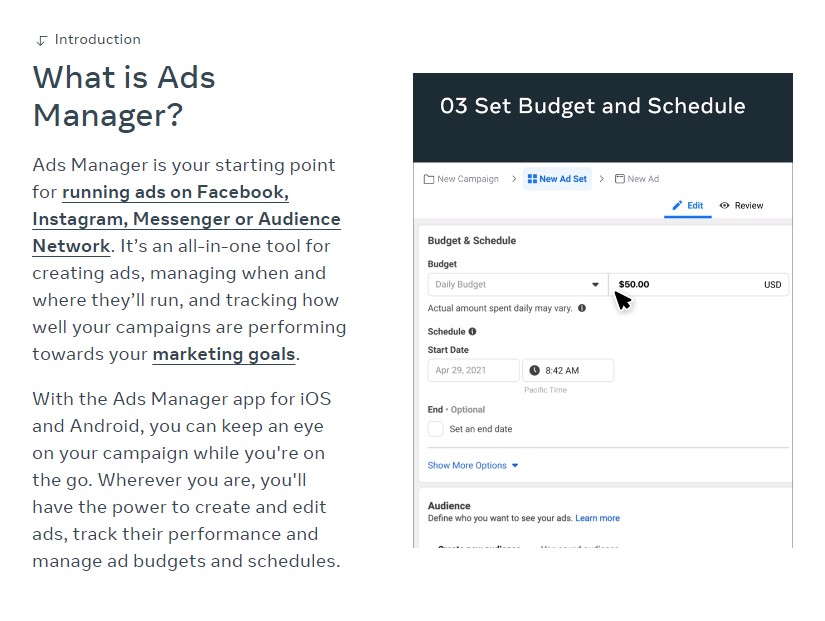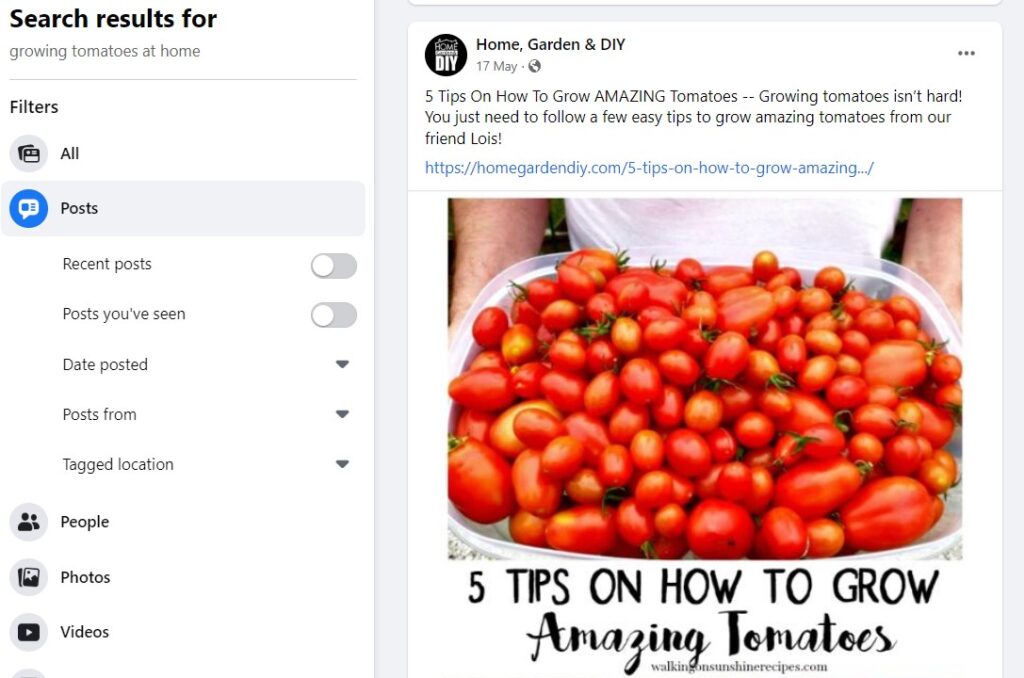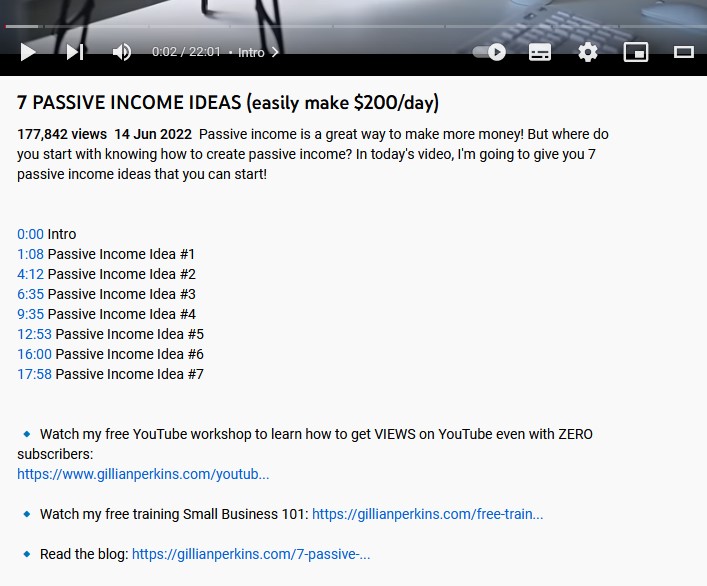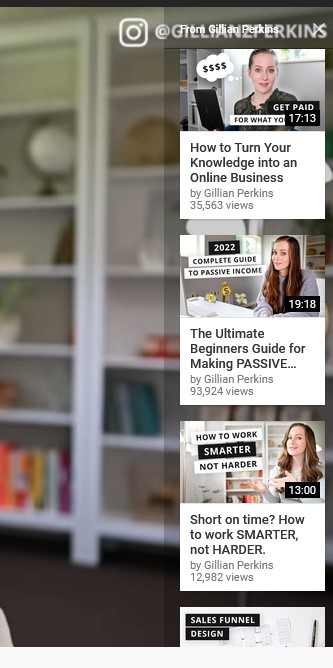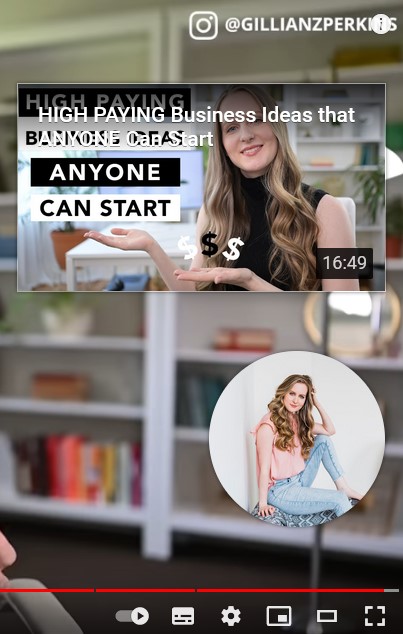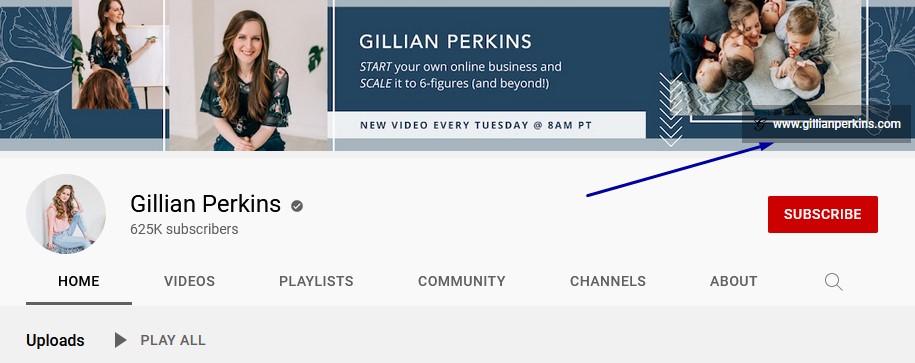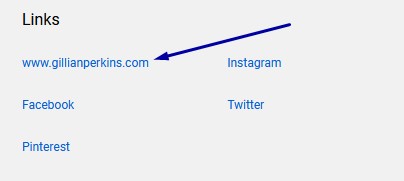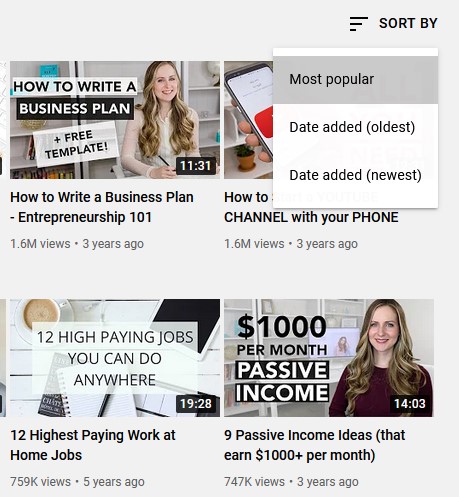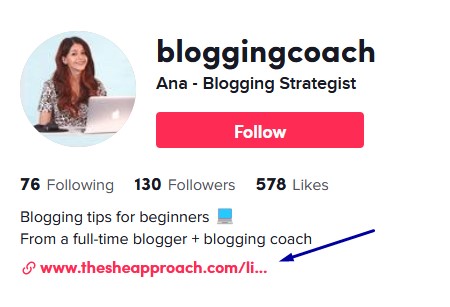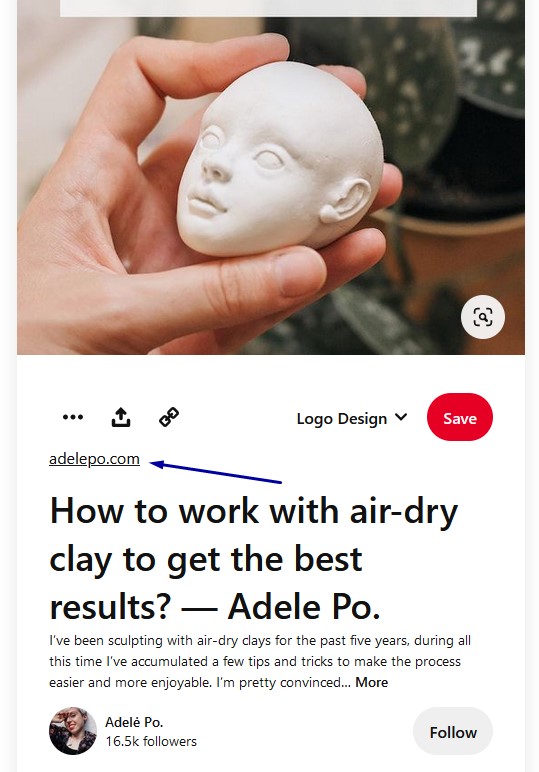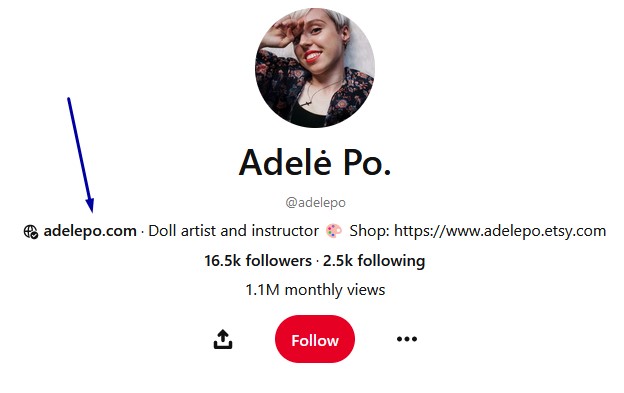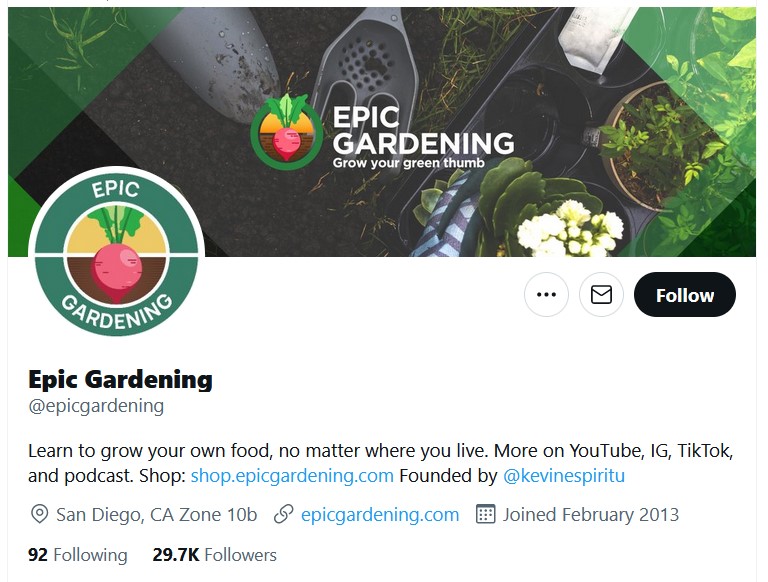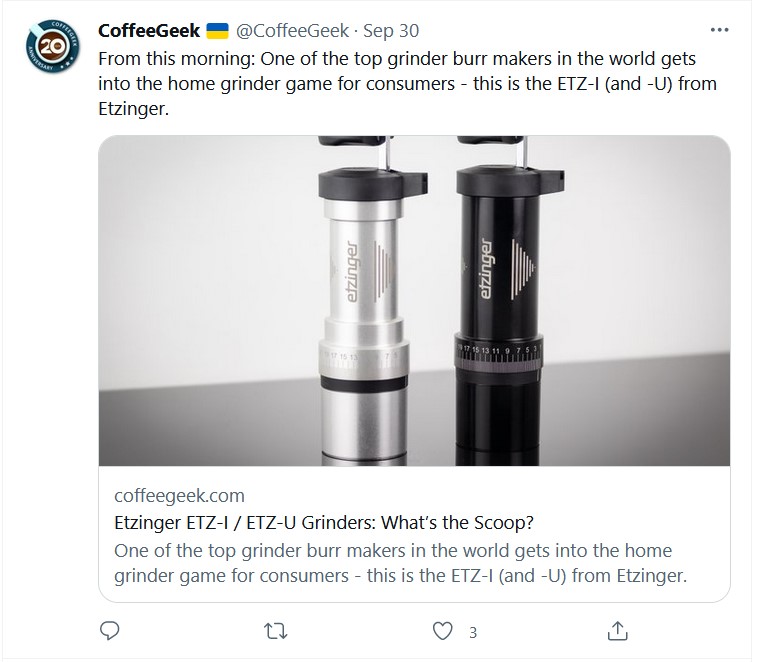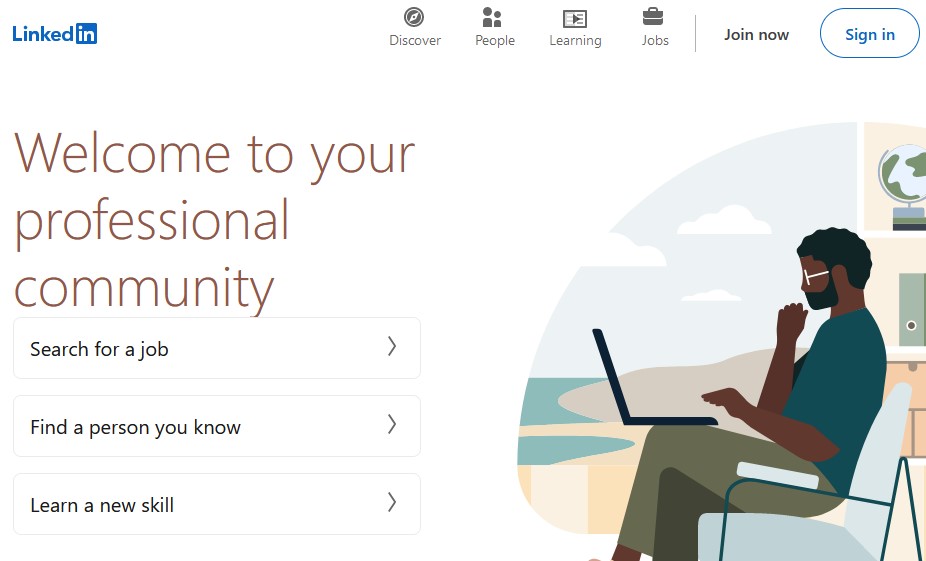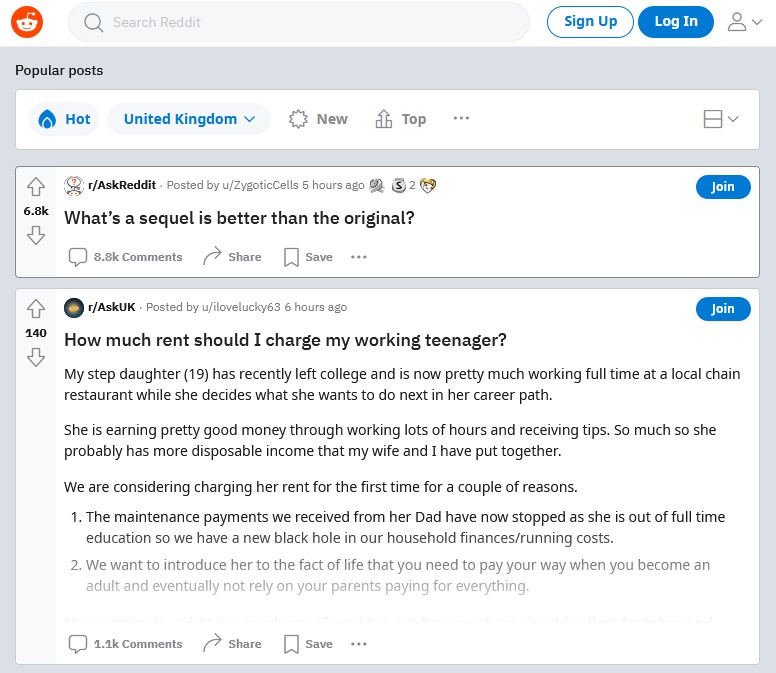Businesses will soon need professionals whose job is to create a presence and potentially build with Web3 technologies and concepts in the metaverse — and there’s plenty that businesses can do now to prepare for that.
Twelve years ago, companies didn’t hire social media talent — they didn’t think they needed it. But now? Businesses need social media directors and entire social media teams. The same is true for playing in the metaverse.
It is my belief that within the next three to five years, a minimum of 30% of business is going to come from a blend of metaverse experiences and implementations of Web3 technologies (e.g. artificial intelligence, virtual reality and nonfungible tokens, or NFTs). It is essential for creative agencies (e.g. advertising agencies, marketing agencies, etc.) to prepare how they will play a role in the metaverse now so their customers will be able to find them.
The big three
The first step in preparing for the metaverse is for creative agencies to decide which of the three roles they will play — either the expert experimenter, the contributor or the activator. Making this decision now will help companies get ready for when their customers arrive in the metaverse, and it’s only a matter of time before they do.
- Expert experimenters. These are businesses that have an understanding of the metaverse already. To find out whether they are in this group, business leaders can ask themselves if their business strives to be the deep subject matter expert on all things in the digital universe, or whether it’s an early adopter at the vanguard of new technologies. In that case, they need to understand the technologies involved within the metaverse and how Web3 is speeding up evolutions and revolutions.
- Contributors. These are businesses that are still in their infancy in terms of embracing this new wave of technology and deep subject matter expertise is not required. Creative agencies in this group can introduce their client partner brands to the metaverse and converge their physical and digital presence in a way that is profitable and meets customer needs.
- Activators. This last group is made of businesses that focus on seeking ways to offer holistic experiences for businesses and audiences to have within the metaverse. Businesses in this group are like a hybrid between the expert experimenters and the contributors.
Nevertheless, whether you know a little or a lot about Web3, you can’t afford to be left out completely; defining your role is an essential first step in preparing for the integration of the metaverse. People are investing in the metaverse heavily. It’s expected to reach $5 trillion in value by 2030, and this number is exponentially growing each and every month.
Next steps
After leadership at creative agencies decide which role they want to play, they need to develop a strategy and strengthen their online presence. To do this, they will want to hire people whose job it is to prepare the company to implement itself into the metaverse, in whichever role the company has chosen to take. Doing this will help them strengthen their brand identity — and thus, brand loyalty — before the metaverse fully arrives (and it’s coming sooner than we think).
Additionally, leaders and creatives should focus on user experience. What kind of experience do they want their customers to have with their business in the metaverse? This is essential for brands getting established in the metaverse because if they can think one or two steps ahead of what their customers will want when they emerge into the metaverse, brands will be there waiting, ready to give customers what they’re looking for.
Finally, it’s critical for creative agency leaders to remain adaptable as they learn more about the metaverse while it’s still unfolding. Staying adaptable and remaining at-the-ready for change will help agencies stay ahead and prepared to meet customers when they find them in the metaverse.
The importance of Web3
Even if your agency isn’t embracing extended reality and other metaverse projects, experiences and communities quite yet, many of your client partners’ customers are. And arguably, meeting customers where they are is the single most important piece to building brands and businesses that grow and transform.
The metaverse isn’t just a probability — it’s inevitable. Throughout the evolution of the internet, waves of advancement emerged because of technological advancement. The internet went from simply being a new technology to sharing the world of information through web browsers to developing social media. Underneath all that were advancements in the programming language, faster internet speeds and, of course, the smartphone.
Now, we are in a new wave: the wave of augmented reality (AR), VR and mixed-reality experiences with the technologies to make them work even more soundly and profoundly. If you haven’t begun exploring immersive platforms and how you can approach conversations and tactics related to the metaverse with your client partners, the time has come.
The natural progression
If trends in technology really do repeat history, then it won’t be long before hanging out in the metaverse becomes more mainstream. We must watch where people go. An immersive virtual world in which customers socialize, shop, relax, work and play isn’t so far-fetched anymore.
Given there was a time when people thought the idea of online dating, smartphones, social media and real human connection online was scary and too futuristic, it makes sense that agencies might be facing those same fears about the metaverse. The popular movie Her may have seemed sad and dystopian, but there were some interesting predictive themes being provoked in that film. Concepts like love, connection, relationships, identity and community will evolve as they always have over time.
However, knowing what we know now, we understand that embracing new technologies is far better than avoiding them. And for creative agencies, it’s much more profitable. The metaverse is becoming so much more than a buzzword, and the reality is that advertisers and marketers will be doing business in a virtual world at an exponential rate as seamlessly as they advertise on social media — and very soon. Blending our real and virtual lives has already begun, and the sooner you get on board, develop a point of view and experiment, the better.




